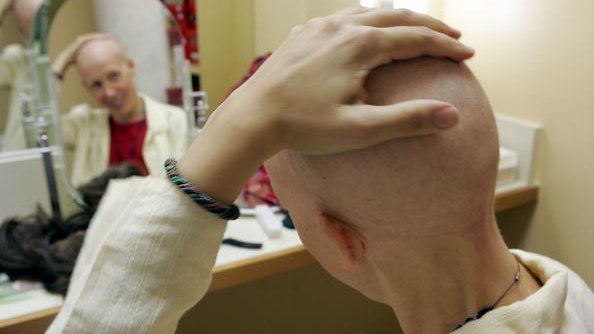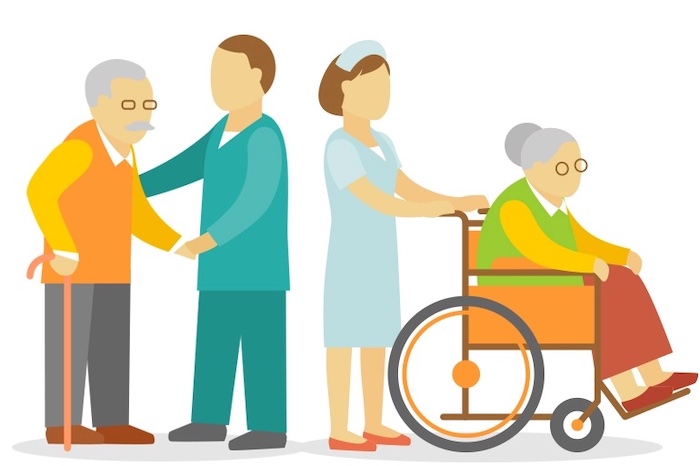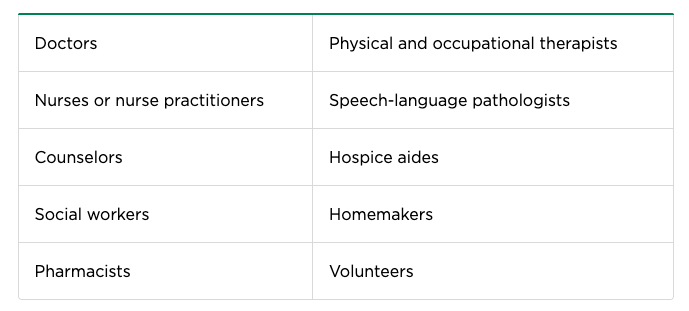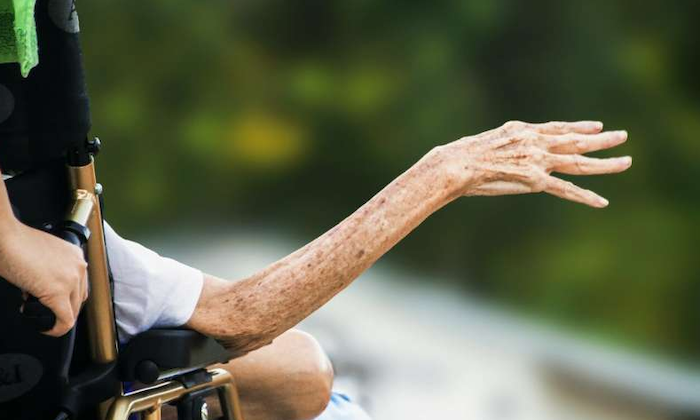
End-of-life (EOL) discussions such as advanced care, palliative care, and discontinuation of treatment are consistently being missed, according to a study published in JAMA Network Open; however, investigators highlighted existing strategies that are being utilized to achieve successful EOL conversations.
Investigators found that out of 423 outpatients encounters with 141 patients with advanced cancer, only 21 encounters (5%) included EOL discussions. When investigators included a random sample of 93 encounters, 35 encounters (35%) included missed opportunities for EOL conversations. Three patient/oncologist dyads had more than 1 encounter with a conversation pertaining to EOL, which translated to 17 of 141 dyads (12%) having at least 1 event of EOL discourse. The dyads included 13 of 39 oncologists (33%).
“In this secondary analysis of outpatient oncology visits, EOL discussions were rare and missed opportunities for these discussions were common. When oncologists did discuss EOL, they framed it around trade-offs, anticipatory guidance, and acknowledging patients as experts,” investigators of the study said.
Investigators identified 3 strategies that are being used to navigate opportunities for successful EOL conversations:
Those who take advantage of opportunities for EOL discussions are able to reevaluate treatment options based on patients’ concerns, outlining the risks and benefits between treatment continuation and discontinuation. When suggesting chemotherapy for treatment, it is imperative to be transparent in letting patients know it could prolong survival, but there would be discomfort from adverse effects, the investigators stated. This allows the patients to make decisions about their own future.
Another strategy that has been utilized when making EOL decisions is allowing patients to be experts on their treatment decisions in order to meet their goals. This was accomplished by positing questions such as “What would you like?” and “What was the goal you would like to attain?”. By exploring a patient’s goals and allowing them to lead the conversation, the patient can shape treatment recommendations. Patients are able to explore their thoughts and feelings with regard to treatment discontinuation in a manner that is approachable. This allows one to act as a facilitator who creates an environment of reflection, while the patient shifts their focus to decision making.
The use anticipatory guidance to frame conversations pertaining to treatment reevaluation is another useful strategy. Anticipatory guidance can be used to identify a potential timeframe in which patients will need to make decisions regarding quality of life over cancer-directed treatments. During this time, it is the oncologist’s responsibility to provide sign posts to convey when it may be time to consider quality of life over treatment. This helps patients set appropriates goals and limits as to when they might like to discontinue treatment.
There are a number of hurdles that lead to missed opportunities for or deflected EOL conversations, one of which including responding inadequately to patient concerns. Patients who are concerned about disease progression or dying are often met with partial, avoidant, or absent responses instead of opening the conversation about EOL, which limits the opportunity for patients’ conversations around goals, values, and preferences. Additionally, giving little to no response when a patient expresses fear at the idea of living for years with late stage disease could prevent the occurrence of conversations around disease burden, treatment decision making, and EOL care.
Although speaking about the future optimistically may seem helpful it does little to address patient concerns. Instead of using anecdotes about other patients who exceeded life expectancy, consider using that moment to realistically discuss the patient’s prognosis.
Additionally, expressing concern over patient’s decision to discontinue treatment could be another opportunity for a missed discussion. Although one might be able to justify their treatment decisions by stating that they are in line with the patient’s goal, it is a missed chance for discourse pertaining to quality of life and treatment goals. Moreover, declaring a patient’s next steps for treatment without holding a proper conversation is yet another missed opportunity wherein a conversation about the patient’s options could have taken place.
“Although we recognize that not every patient or appointment may necessitate an EOL discussion, all patients in this study had stage IV malignant neoplasm and their oncologists had previously acknowledged that they ‘would not be surprised if they were admitted to an intensive care unit or died within one year.’ Despite the urgent necessity of EOL discussions within this population, we found far more missed opportunities than actual discussions in this analysis,” the investigators concluded.
Reference
Knutzen KE, Sacks OA, Brody-Bizar OC, et al. Actual and missed opportunities for end-of-life care discussions with oncology patients: A qualitative study. JAMA Netw Open. 2021;4(6):e2113193. doi:10.1001/jamanetworkopen.2021.13193
Complete Article ↪HERE↩!







